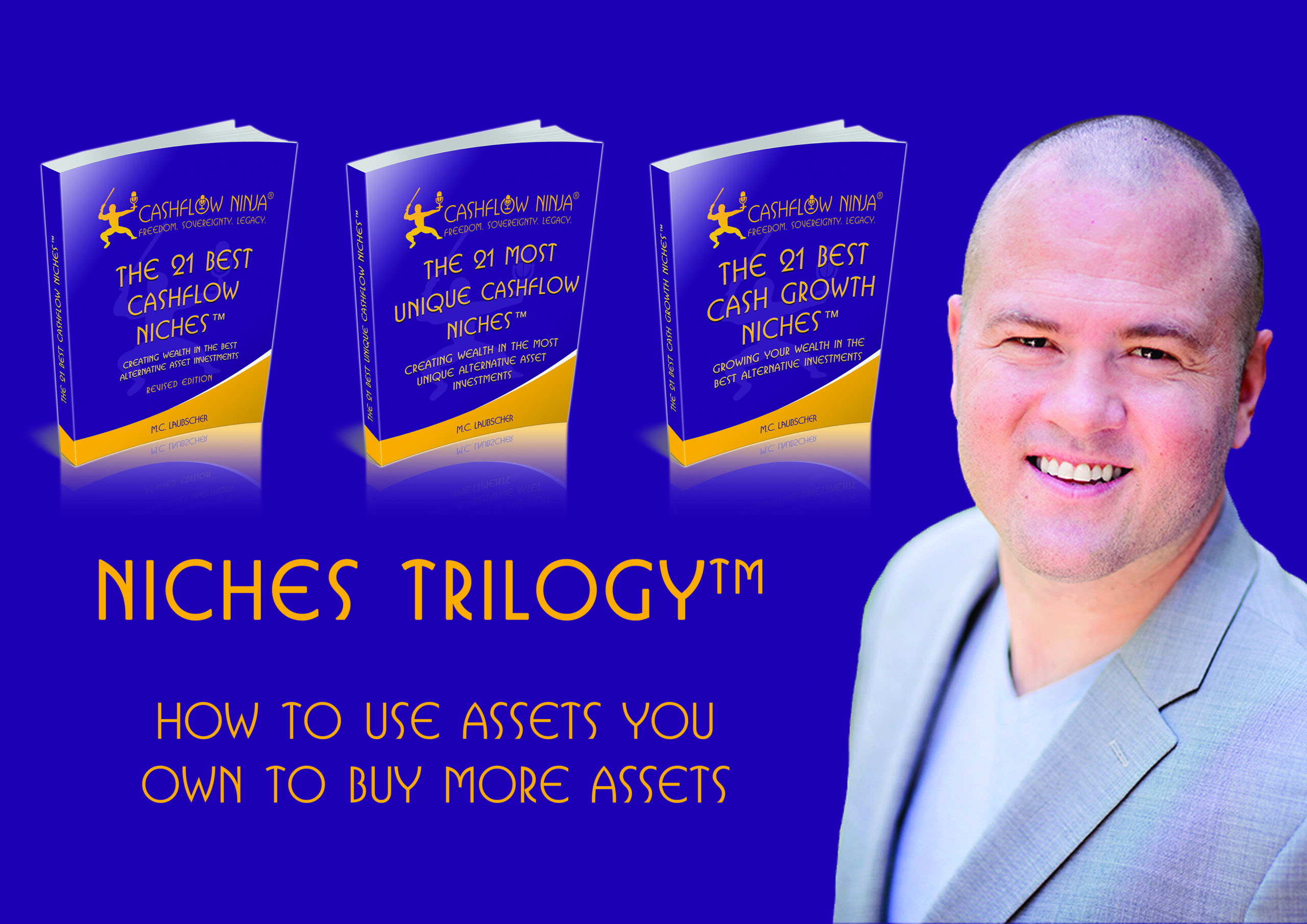
Understanding how to make the most of what you already have can be a game changer. By using your assets as collateral to secure a line of credit, you can strategically finance additional asset acquisitions without selling off what you currently own.
Collateralization means using something you own as security for a loan. You can use various assets like stocks, bonds, real estate, businesses, gold, silver, art, crypto, and life insurance as collateral for a loan.
If you fail to repay the loan according to the agreed terms, the lender has the right to take possession of the collateral. This security allows lenders to offer more favorable loan terms, such as lower interest rates or higher borrowing limits, than loans without collateral.
Types of Assets for Collateralization
Stocks and Bonds: Securities-backed lines of credit can be established using your portfolio of stocks and bonds. This approach allows you to access funds without disrupting your investment strategies or incurring capital gains taxes from selling securities.
Real Estate: Home equity lines of credit (HELOC) leverage the value of your home, providing a flexible credit line for various uses, including asset acquisition.
Business Assets and Receivables: For business owners, using the assets or receivables of your business as collateral can unlock additional capital to fuel growth, manage cash flow, or expand operations.
Gold and Silver: Precious metals, often seen as safe havens, can also be collateralized. Though less liquid and more volatile, they can be a hedge during market downturns or inflationary periods.
Art: For the affluent collector, fine art can be collateralized, though this requires specialized appraisal and understanding of the art market’s liquidity and valuation complexities.
Cryptocurrency: With the rise of digital assets, some financial institutions now offer services to collateralize cryptocurrencies. Cryptocurrencies present unique opportunities and risks, given the high volatility of such investments.
Life Insurance Policies: Dividend-paying whole life insurance policies can offer a source of collateralized loans. The cash value of these policies grows tax-free and can be borrowed against.
Utilizing collateralized loans for asset acquisition offers several advantages that can benefit investors and asset owners. One of the primary benefits is the ability to maintain ownership of your assets while accessing liquidity. This approach allows you to keep any potential appreciation of the assets. It avoids the tax implications and potential market timing mistakes that might occur if you were to sell the assets instead.
Another advantage is that secured loans typically have lower interest rates than unsecured ones. This means the cost of borrowing is reduced, making it a more cost-effective option for financing. Additionally, having access to readily available credit through collateralized loans enables opportunistic investments. This flexibility allows you to take advantage of favorable market conditions or timely investment opportunities without liquidating your assets.
Collateralized loans also aid in diversification. By not having to sell your current assets to raise funds, you can use the borrowed money to diversify your investment portfolio. This diversification can help spread and potentially reduce risk, as your investments are manageable in a single asset or market.
When used strategically, collateralization strategies can significantly aid in wealth accumulation. Leveraging the power of your existing assets to acquire additional income-generating assets can create a compounding effect on your wealth. When executed wisely, this strategy can be a powerful tool for growing your financial portfolio.
While collateralization offers attractive avenues for wealth enhancement, it also has risks.
The possibility of margin calls on securities-backed loans, changes in the value of your collateral assets, or fluctuations in interest rates must be carefully managed. Furthermore, leveraging debt always carries the inherent risk of financial strain if the borrowed funds do not yield the expected returns.
I have personally collateralized real estate, businesses, gold and silver, crypto, and life insurance.
My favorite collateralization strategy by far is life insurance.
If set up correctly, the cash value of a dividend-paying whole life insurance policy with a mutual insurance carrier is guaranteed never to go down in value and grow tax-free. So, there is no risk of the asset’s value placed as collateral going down, resulting in margin calls.
You can also set up a Life Insurance Line Of Credit (LILOC) and access tax-free between 90-100% of your cash value. As your cash value grows contractually yearly, you can also increase your line of credit.
This collaterization strategy, in which we leverage a dividend-paying whole life insurance policy with a mutual life insurance carrier, is the Infinite Banking Concept.
In the following bonus chapter, I will share more about Infinite Banking and why it is one of the most powerful financial strategies ever created.
If you want to learn more about Infinite Banking and how to set up your own personal or family banking system, you can access a complimentary course at www.cashflowninja.com/infinitebanking.
Share This
Related

898: Tom Dunkel: The Wealth Builders Playbook
My guest in this episode is Tom Dunkel. Tom Dunkel brings more than 30 years of experience in real estate, finance, and investing to his role as Managing Director of Eagle. Known for his disciplined approach and unwavering alignment with investors, Tom personally invests in every deal he presents, ensuring absolute trust and shared outcomes…

897: Eugene Shatsman: How To Grow & Scale Your Business Right Now
My guest in this episode is Eugene Shatsman. Eugene is the Managing Partner of National Strategic Group. Eugene teaches business strategy, consumer behavior, marketing, and what all of us want – how to drive more business into our businesses. His team at National Strategic has over 100 people, and they do a tremendous amount of…

896: Chris MacIntosh: Opportunities Around The Globe Right Now
My guest in this episode is Chris Macintosh. Chris has founded and built several multi-million dollar businesses in the investment arena, including overseeing the deployment of over $30m into Venture Capital opportunities and advising family offices internationally. Before this, Chris built a career at Invesco Asset Management, Lehman Brothers, JPMChase, & Robert Flemings. Interview Links:…
